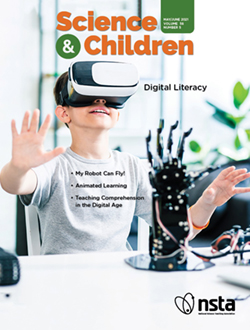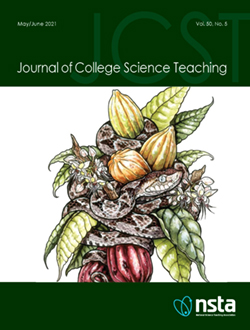Instructional Sequence Matters, Grades 9–12: Explore-Before-Explain in Physical Science
Instructional Sequence Matters, Grades 9–12 is the one-stop resource that will inspire you to reimagine your approach to high school physical science. The book discusses the 5E (Engage, Explore, Explain, Elaborate, and Evaluate) as a specific pathway for teaching and learning. It also shows how simple shifts in the way you arrange and combine activities will help your students construct firsthand knowledge as you put the three dimensions of contemporary standards into practice.
Instructional Sequence Matters, Grades 9–12 is the one-stop resource that will inspire you to reimagine your approach to high school physical science. The book discusses the 5E (Engage, Explore, Explain, Elaborate, and Evaluate) as a specific pathway for teaching and learning. It also shows how simple shifts in the way you arrange and combine activities will help your students construct firsthand knowledge as you put the three dimensions of contemporary standards into practice.



